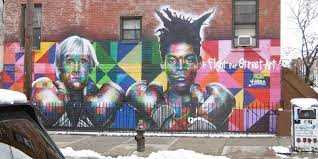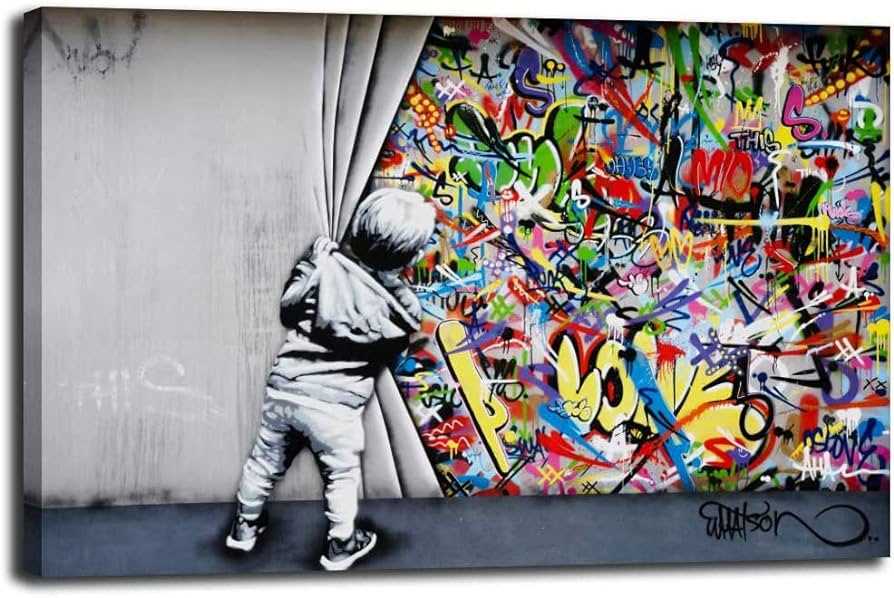
Graffiti is no longer considered an act of vandalism, but rather a form of art that has taken over the streets of cities all over the world. One particular aspect of this urban art movement is graffiti posters. These posters, often created by anonymous artists, serve as powerful visual statements that challenge societal norms and provoke thought.
What sets graffiti posters apart from traditional graffiti is their ability to reach a wider audience. While traditional graffiti may only be seen by those who pass by a specific location, graffiti posters can be strategically placed in highly visible areas, capturing the attention of a larger and more diverse audience. This unique form of art has the power to interrupt the daily routine of city dwellers, forcing them to pause and reconsider their surroundings.
Graffiti posters are not limited to any particular style or theme. Artists use a variety of techniques, such as stencil art, wheatpasting, and sticker bombing, to convey their messages. These posters can be found on buildings, street signs, and even public transportation, transforming the urban landscape into a vibrant and thought-provoking gallery.
What makes graffiti posters truly remarkable is their ability to transcend language barriers. Through the use of powerful visuals and symbols, these posters can communicate with people from different cultures and backgrounds, sparking conversations and promoting social change. They serve as a voice for those who may not have the means or opportunity to express their opinions through traditional means.
Street art has its roots in the graffiti subculture that emerged in the late 1960s and early 1970s in cities like New York and Philadelphia. The movement began as a form of self-expression for marginalized urban youth who wanted to make their mark on the cityscape.
The graffiti artists of this time sought to challenge the notion of art confined to museums and galleries, instead opting for the streets as their canvas. They used spray paint and markers to create vibrant, expressive murals that often included political and social messages.
One influential figure in the early days of street art was Darryl “Cornbread” McCray, a teenager from Philadelphia who is credited with starting the graffiti movement. McCray began tagging his nickname, Cornbread, all over the city in the late 1960s, gaining attention and inspiring others to follow suit.
As the graffiti movement spread, so did its influence on other forms of street art. Artists began using stencils, wheatpasting, and other techniques to create their work. In the 1980s, street art started to crossover into popular culture, with artists like Keith Haring gaining recognition and exposure through their public artworks.
The Evolution of Street Art
In the 1990s, street art began to evolve into a more diverse and multifaceted movement. Artists started incorporating elements of pop art, punk rock, and hip-hop into their work, creating a unique fusion of styles.
Banksy, a graffiti artist from Bristol, England, emerged as a prominent figure in the street art world during this time. Known for his politically charged and often controversial artworks, Banksy brought street art into the mainstream consciousness.
The Global Impact of Street Art
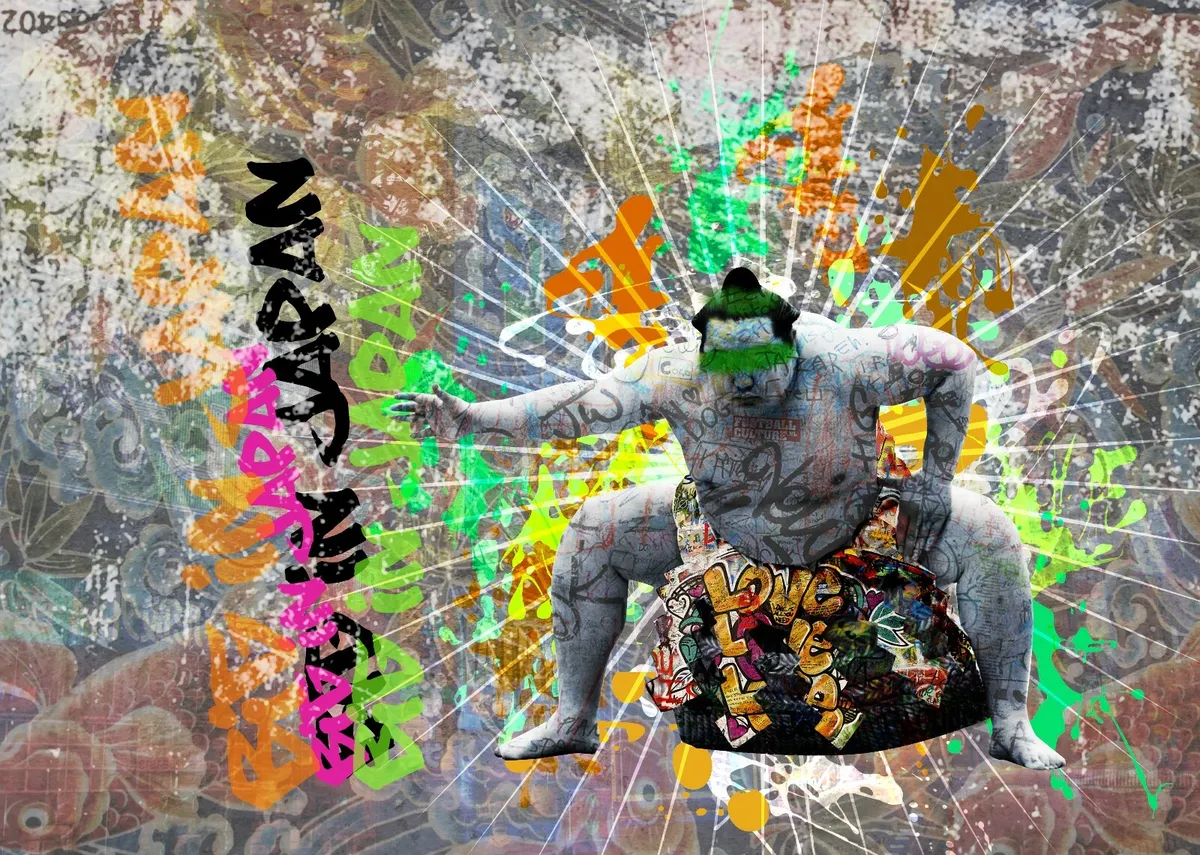
Today, street art can be found in cities around the world. It has become a powerful form of self-expression and activism, with artists using their work to address social and political issues.
Street art has also gained recognition from the art establishment, with major museums and galleries showcasing street art exhibitions. This new level of acceptance has prompted debates about the commercialization and appropriation of street art.
Despite these debates, street art continues to thrive as a dynamic and evolving art form. It gives a voice to those who are traditionally marginalized and brings art out of the confines of traditional spaces, making it accessible to all.
Creating a Wall of Expression
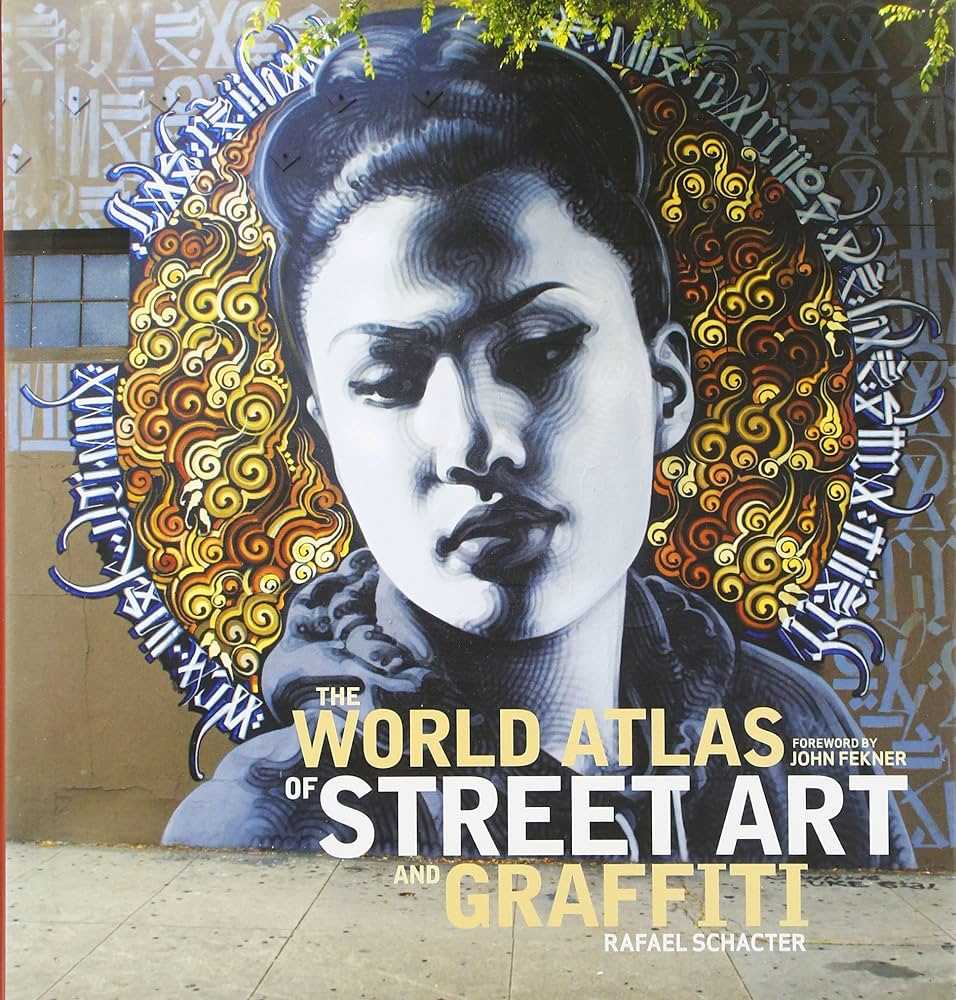
Graffiti has long been used as a form of expression, allowing artists to communicate their thoughts, feelings, and ideas through vibrant and eye-catching designs. One of the most prominent ways this art form is displayed is on the walls of cities around the world.
The Evolution of Urban Art
Urban art has evolved over time, with graffiti posters becoming an essential part of this movement. Artists have moved beyond traditional spray paint and have started to experiment with different mediums and techniques, pushing the boundaries of what is possible in this art form.
Bringing Streets to Life
When artists create a wall of expression, they are not just adding visual interest to a city’s landscape. They are also transforming otherwise mundane walls into vibrant canvases that tell stories and spark conversations. These walls become a reflection of the local culture, history, and identity.
Creating a wall of expression involves careful planning and execution. Artists often collaboratively work with community members, seeking their input and inspiration to ensure that the artwork accurately reflects their experiences and aspirations.
- Researching the local context
- Gathering ideas from the community
- Sketching and refining the design
- Selecting the right materials and tools
- Preparing the wall and applying the artwork
Each step in this process contributes to the creation of a wall that not only catches the eye but also captures the essence of the community it represents.
The Language of Graffiti
One of the most common elements of graffiti language is the use of tags. A tag is a stylized signature or nickname that represents the artist. It is usually a simple design, often composed of overlapping letters or symbols. Tags are often used as a way for graffiti artists to claim territory and assert their presence in a particular area.
Another aspect of graffiti language is the use of lettering styles. Graffiti artists often experiment with different letterforms and typography to create unique and eye-catching designs. Some artists specialize in wildstyle lettering, which involves intricate and complex letterforms that are often difficult to read.
Symbolism is also an important aspect of graffiti language. Artists may incorporate various symbols and imagery in their work to convey specific meanings. For example, a simple smiley face could represent happiness, while a skull might symbolize danger or death. These symbols can add layers of meaning to the artwork and allow the artist to convey complex emotions or ideas.
Graffiti language is constantly evolving and changing, reflecting the diverse styles and influences of different artists. It is a way for artists to communicate with each other and to leave their mark on the urban landscape. Whether it is a bold tag, an intricate letterform, or a powerful symbol, graffiti speaks a language that is understood by those who appreciate this unique art form.
Posters: Bringing Color to the Streets
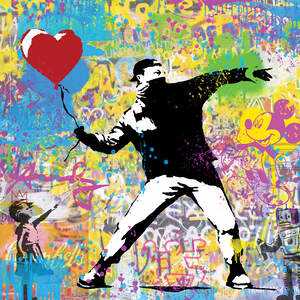
One of the most vibrant forms of urban art is the graffiti poster. These eye-catching pieces of art bring color and creativity to the streets, transforming drab and concrete walls into visual masterpieces.
The Rise of Graffiti Posters
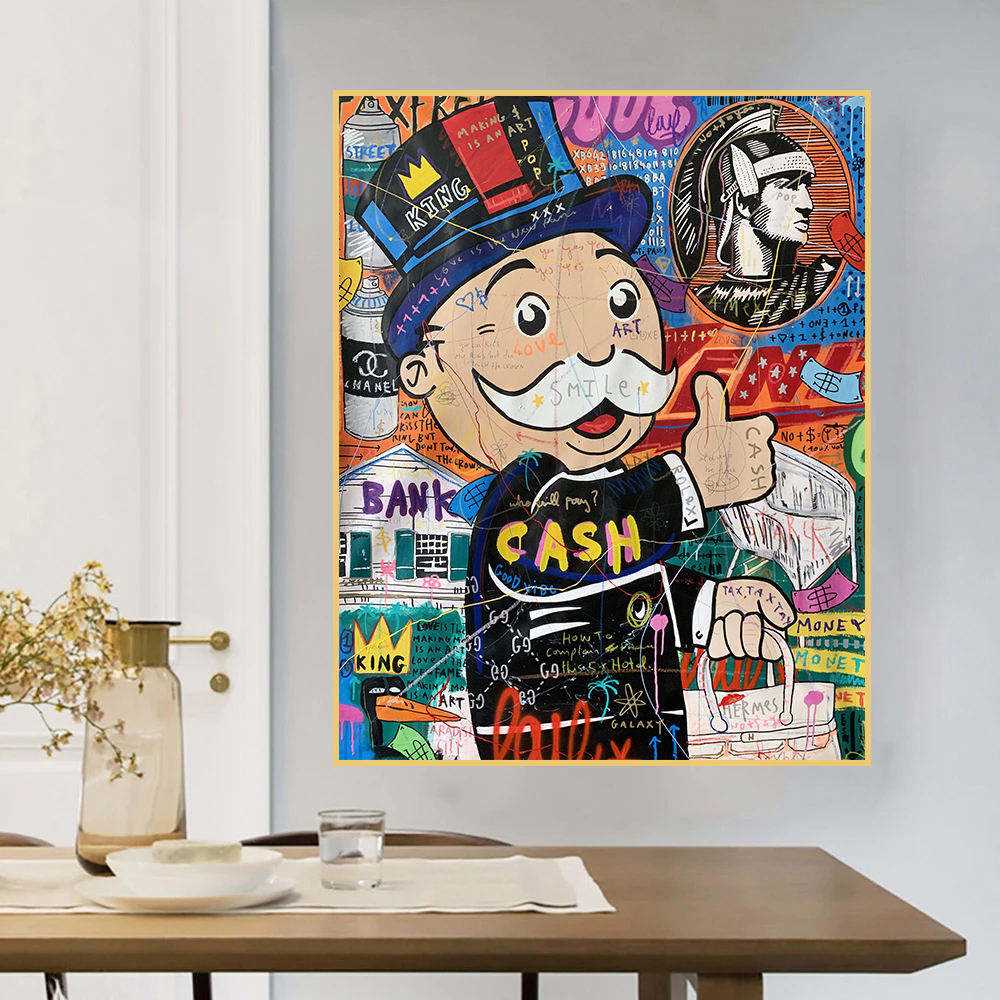
Graffiti posters have a long history, dating back to the early days of street art. They first gained popularity in the 1970s as a way for artists to share their work with a wider audience. Unlike traditional graffiti, which was often painted directly onto surfaces, posters allowed artists to create their pieces in the comfort of their own studios and then easily distribute them throughout the city.
Over the years, graffiti posters have evolved and become more intricate. Today, artists use a variety of techniques and materials to create their posters, including stencils, wheatpaste, and screen printing. The result is a vibrant and dynamic form of street art that captures the energy and creativity of the urban environment.
Bringing Color to the Streets
One of the main reasons why graffiti posters have become so popular is their ability to bring color to the streets. In many urban areas, the concrete landscape can be monotonous and uninspiring. Graffiti posters brighten up these spaces, injecting them with life and creativity.
These posters often feature bold and bright colors that catch the eye and draw attention. They can range from abstract designs to political statements to visual stories. By using color in such a powerful way, graffiti posters create a sense of energy and vibrancy in even the most mundane of settings.
| Benefits of Graffiti Posters | Examples of Graffiti Posters |
|---|---|
| 1. Beautify urban spaces | 1. A vibrant mural of a phoenix rising from ashes |
| 2. Encourage creativity and self-expression | 2. A colorful poster advocating for social justice |
| 3. Provide a platform for marginalized voices | 3. A humorous poster featuring a cartoon character |
Overall, graffiti posters are a powerful form of urban art. They bring color to the streets, captivate audiences, and showcase the creativity and talent of artists around the world. Next time you’re walking down the city streets, keep an eye out for these colorful and captivating pieces of art.
The Influence of Graffiti Art
Graffiti art has had a significant influence on various aspects of the art world and beyond. From its origins as an underground street art form, graffiti has grown to have a global impact on contemporary culture, politics, and society.
Street culture and self-expression
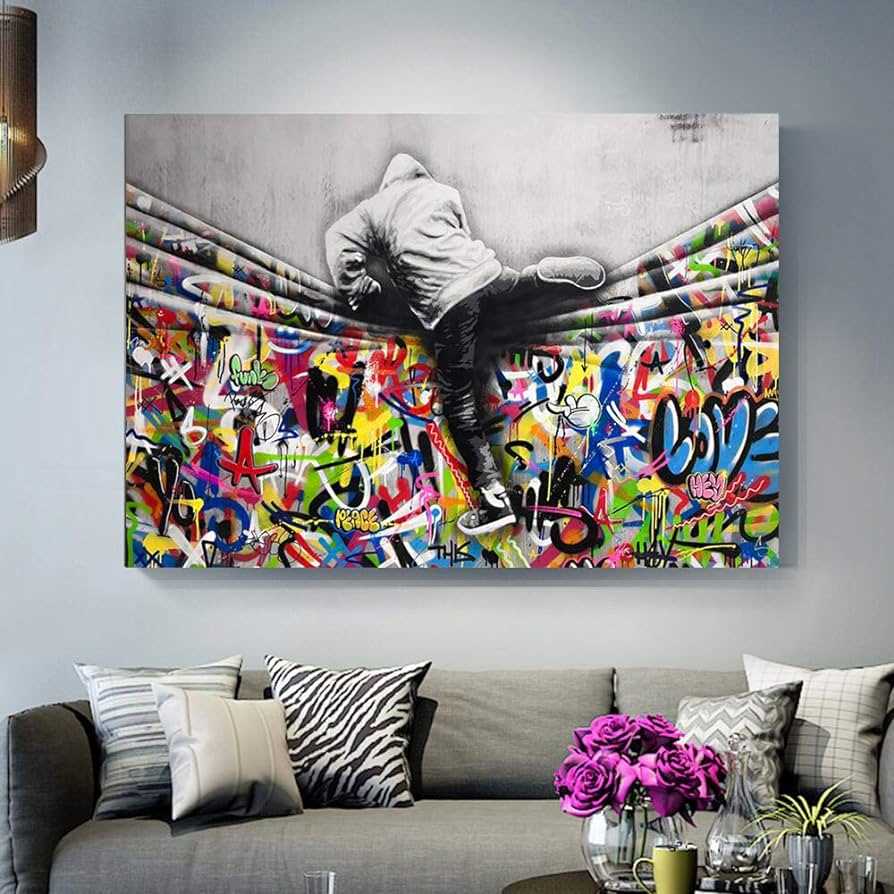
Graffiti art has become synonymous with urban street culture and self-expression. It provides a way for individuals to express their creativity, thoughts, and emotions in public spaces. By using walls and buildings as their canvas, graffiti artists transform these often neglected and overlooked areas into vibrant works of art, adding color and life to the urban environment.
Inspiration for other art forms
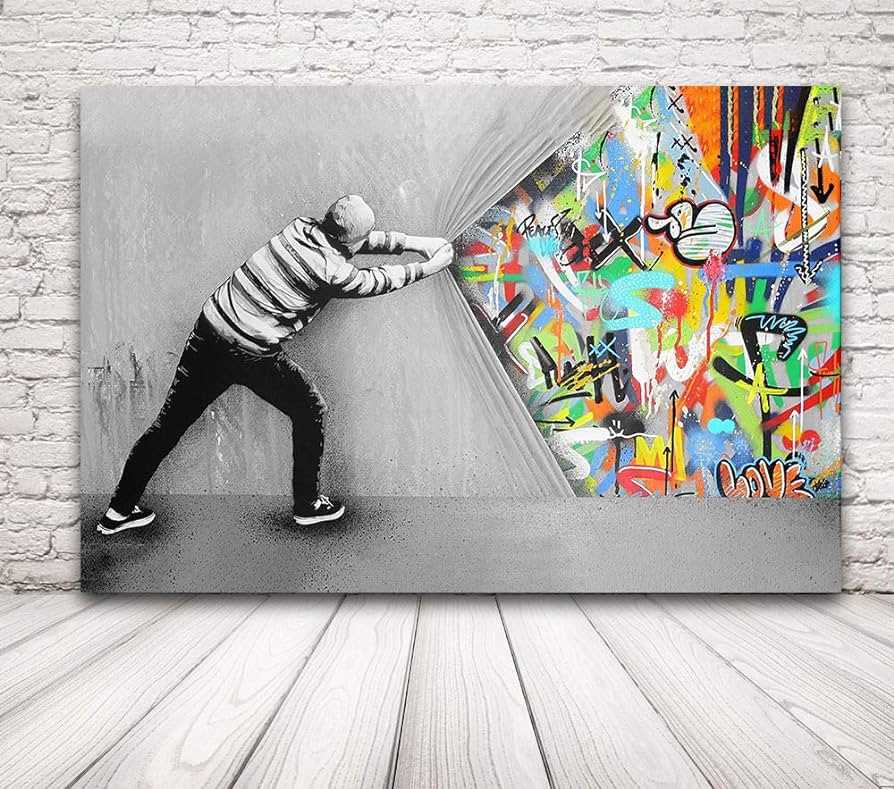
Graffiti art has also served as a source of inspiration for other art forms. Many artists have incorporated elements of graffiti into their paintings, sculptures, and installations. The bold colors, intricate lettering, and rhythm of graffiti have influenced contemporary art movements such as pop art, street art, and urban art, blurring the boundaries between high and low art.
- Pop art, with its vibrant colors and bold imagery, draws inspiration from the graphic nature of graffiti.
- Street art, which encompasses a wide range of urban art forms, often incorporates elements of graffiti, such as stencils and tags.
- Urban art embraces the rebellious spirit of graffiti and aims to challenge traditional notions of art and culture.
Graffiti art has also influenced graphic design, advertising, and fashion. The dynamic and eye-catching aesthetics of graffiti have been used to create logos, album covers, and streetwear, making it a powerful tool for branding and self-expression.
Social and political activism
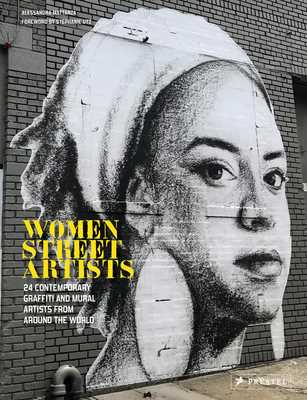
Graffiti art has served as a vehicle for social and political activism, giving a voice to marginalized communities and addressing social injustice. The public nature of graffiti allows artists to communicate their messages directly to a wide audience, sparking conversations and provoking thought.
In recent years, graffiti art has been used to raise awareness about various social issues, such as racism, gentrification, and environmental concerns. Artists create powerful murals and street interventions that challenge the status quo and advocate for change, turning the city into a canvas for social commentary and activism.
The Controversy Surrounding Graffiti
Graffiti has long been a subject of controversy in the art world and beyond. On one hand, it is seen as a form of creative expression that adds vibrancy and life to otherwise dull urban spaces. Graffiti can serve as a voice for marginalized communities and act as a catalyst for social change. It can also be a way for artists to gain recognition and build a following.
However, graffiti is not without its detractors. Many view it as vandalism and consider it to be a blight on public property. It can deface buildings, walls, and other structures, causing damage and reducing property values. Graffiti is often associated with criminal activity, leading to negative perceptions of the art form. Tagging, the practice of marking one’s name or alias repeatedly, can also lead to a degradation of the environment and a sense of urban decay.
The legality of graffiti varies from place to place, and this adds to the controversy surrounding it. Some cities and countries have embraced graffiti as a legitimate art form, creating designated spaces for artists to showcase their work legally. Others have strict laws and penalties against graffiti, viewing it as a form of vandalism and imposing fines or even jail time for those caught in the act.
Despite the controversy, graffiti continues to thrive as a form of urban art. Its bold colors, intricate designs, and political messages command attention and invite conversation. Whether considered a daring act of rebellion or an act of vandalism, graffiti will undoubtedly remain a controversial and powerful form of expression in the urban landscape.
A Global Phenomenon
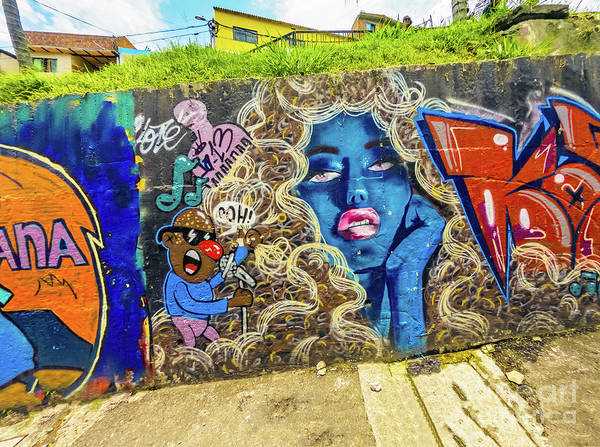
The art of graffiti has become a global phenomenon, with cities around the world serving as canvases for talented street artists. From New York City to Tokyo, graffiti posters can be found adorning the walls of buildings and subway stations.
What makes graffiti so captivating is its ability to transcend language and cultural barriers. It is an artistic expression that speaks to people from all walks of life, regardless of their background or nationality. The vibrant colors and intricate designs of graffiti posters grab the attention of passersby and invite them to pause and appreciate the art.
Graffiti posters have also become a part of popular culture, with their images appearing in movies, music videos, and advertisements. They have become a symbol of rebellion and nonconformity, representing the urban landscape and the creative spirit of cities.
While graffiti is often seen as an illegal form of expression, many cities have embraced it as a legitimate art form and have designated areas for street artists to showcase their talents. These designated spaces not only provide artists with a platform to display their work but also serve as a source of inspiration for others.
As the world becomes more interconnected, the influence of graffiti as a global art form continues to grow. Artists from different countries and cultures are inspired by one another, creating a vibrant and diverse community of street art enthusiasts.
Whether it’s a small sticker or a large mural, graffiti posters have the power to transform ordinary urban spaces into works of art. They challenge the traditional notions of beauty and invite us to see the world through a different lens.

I am a mural enthusiast and a fervent admirer of street art. Rather than creating murals myself, I am passionate about collecting them. My love for street art knows no bounds. I am dedicated to curating and cherishing these artworks that grace the streets. My collection stands as a testament to my profound appreciation for this form of artistic expression.
read about me



